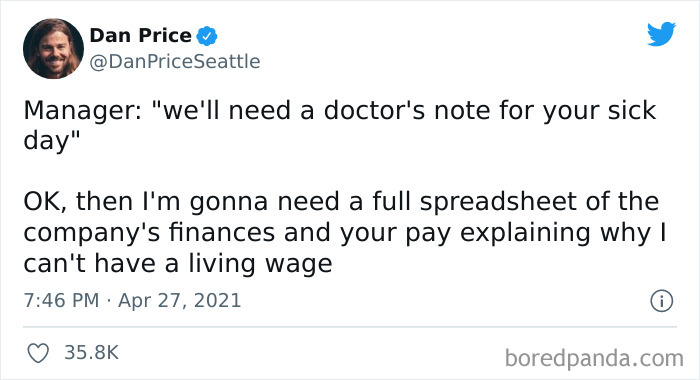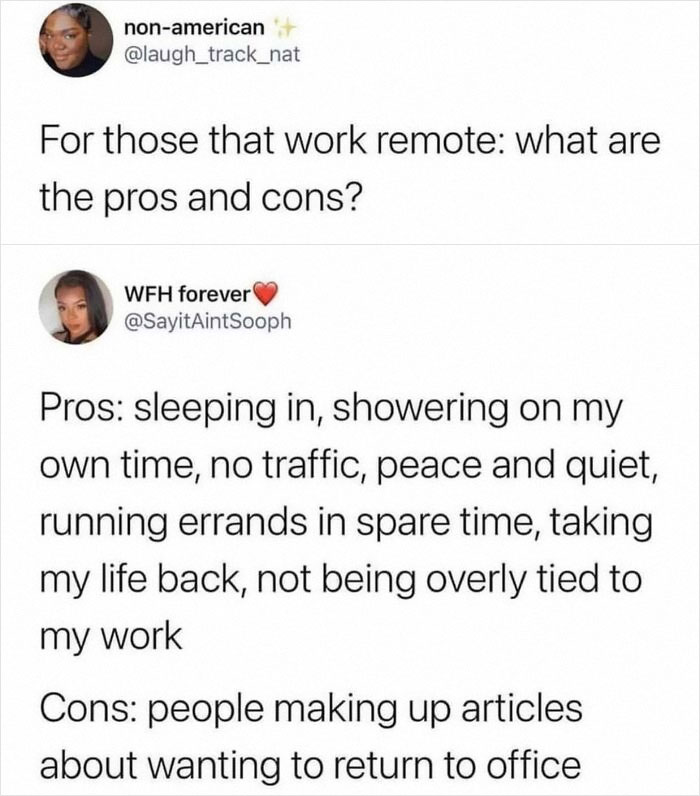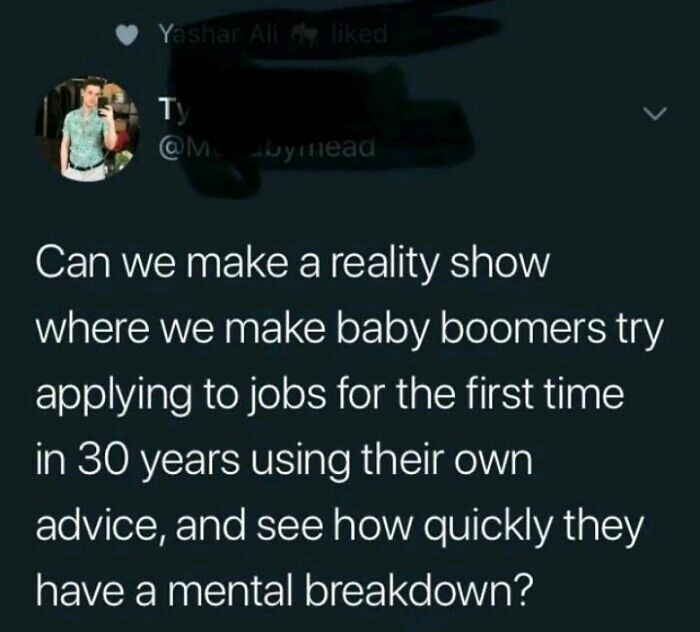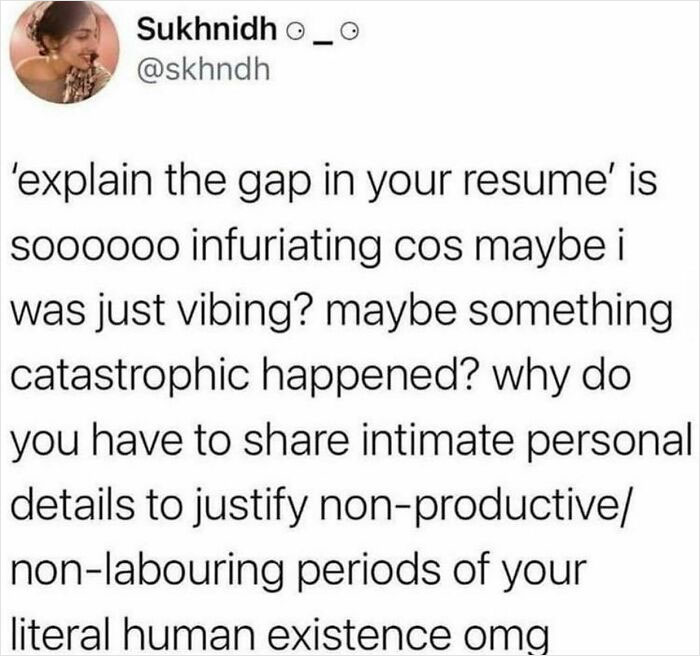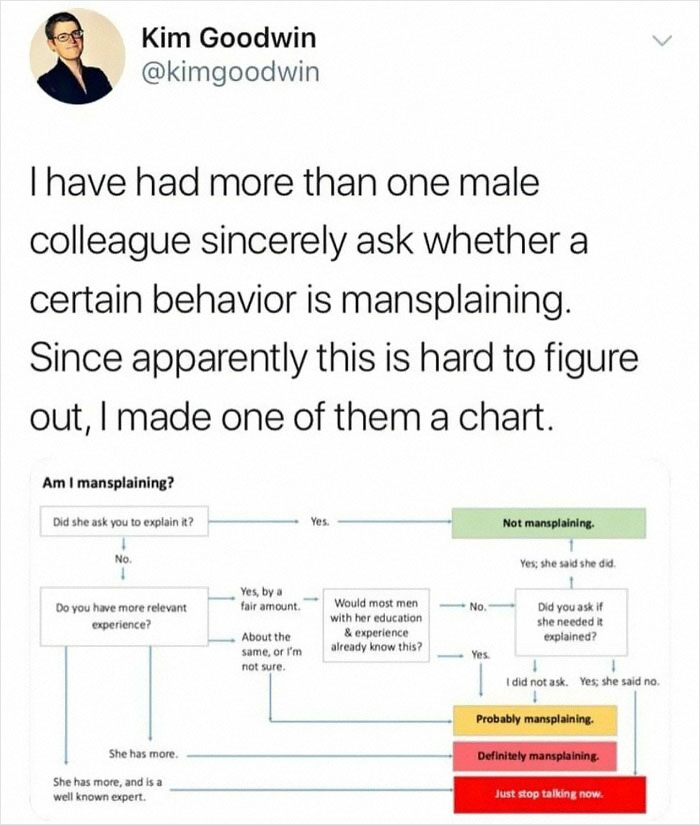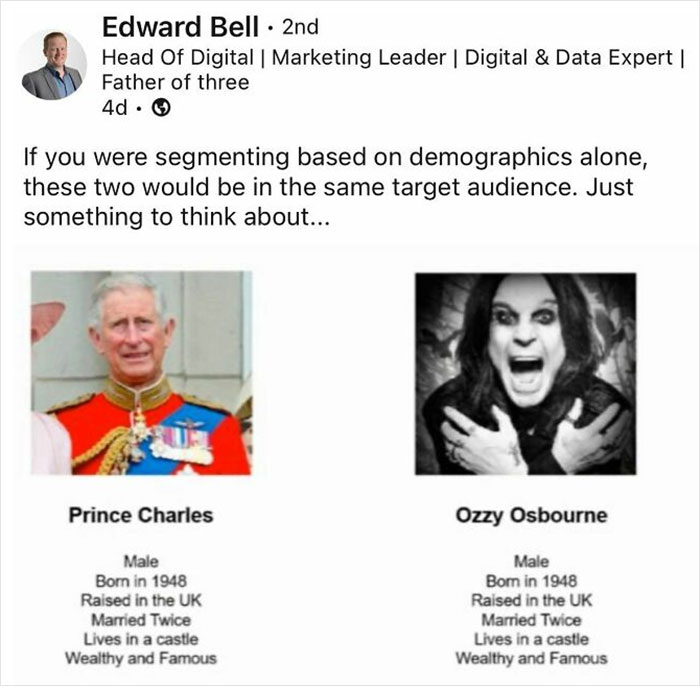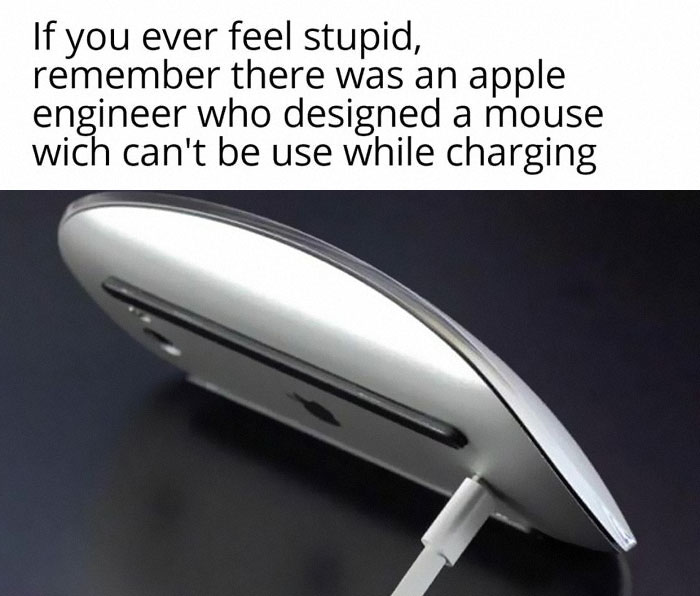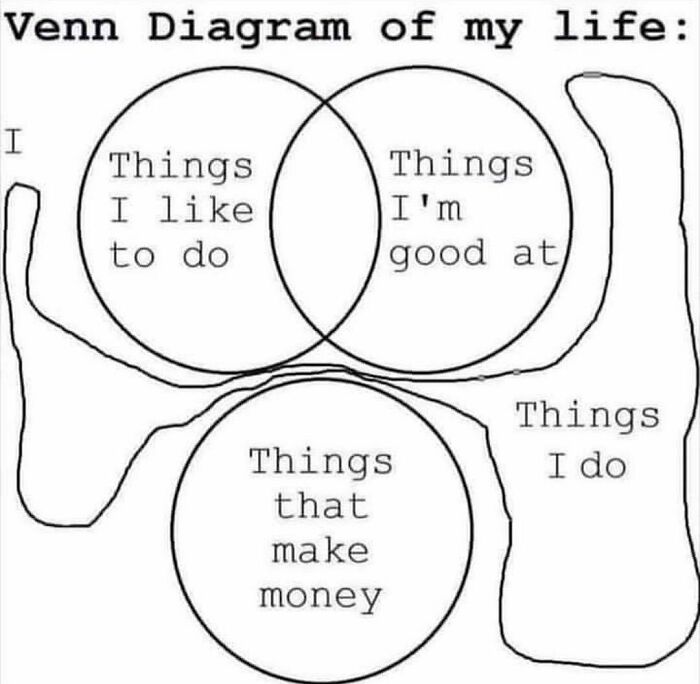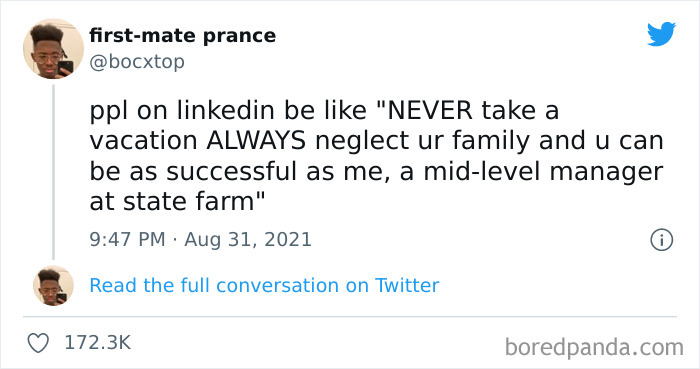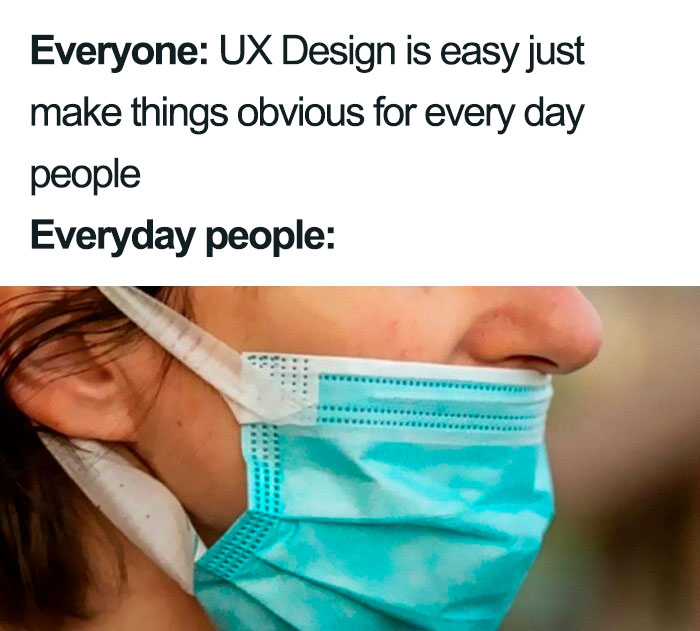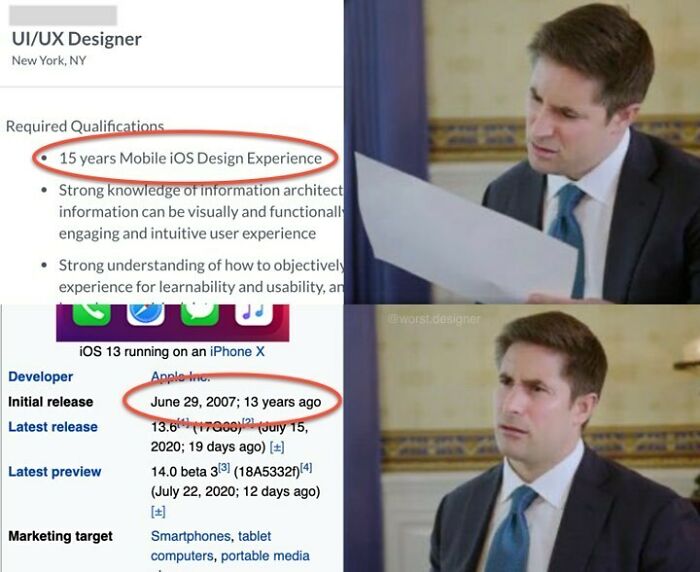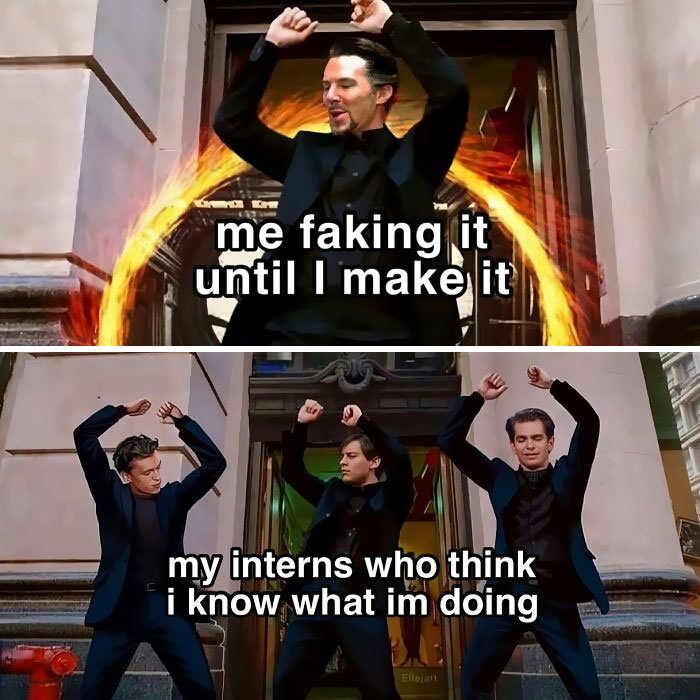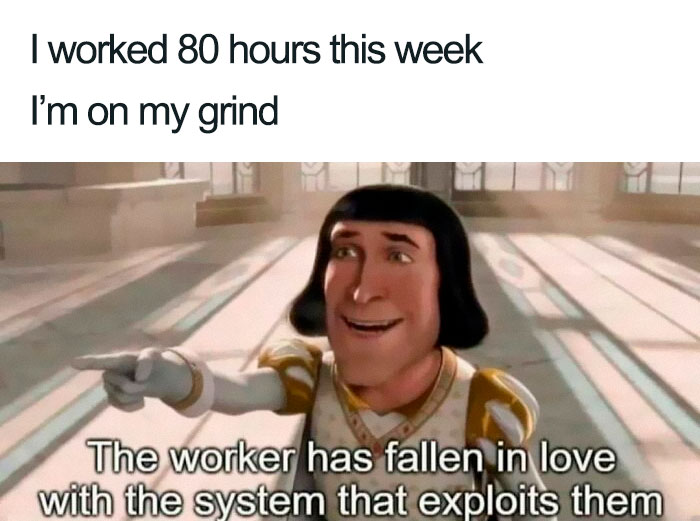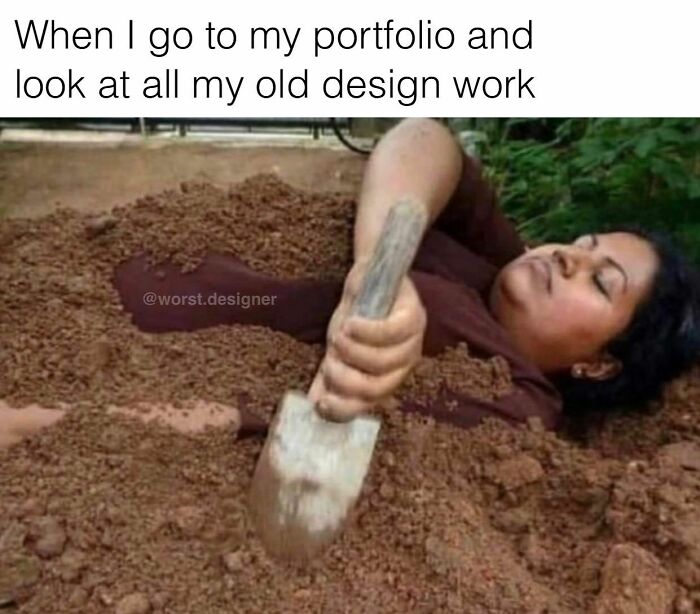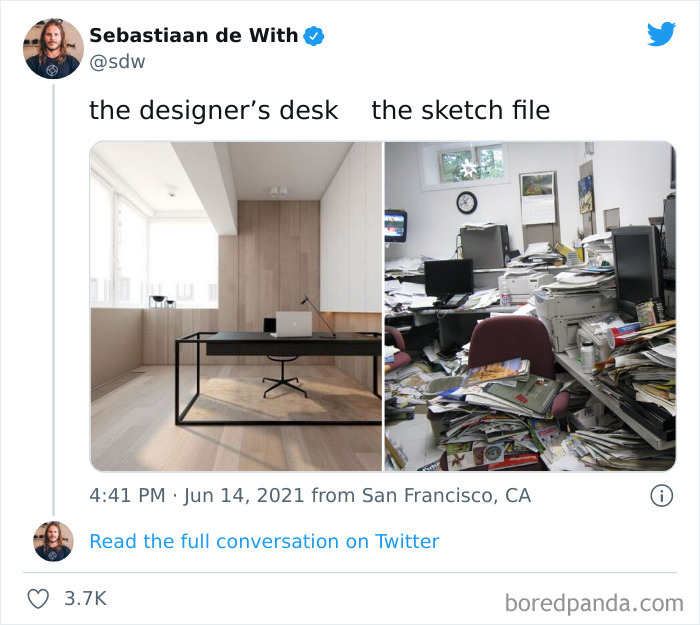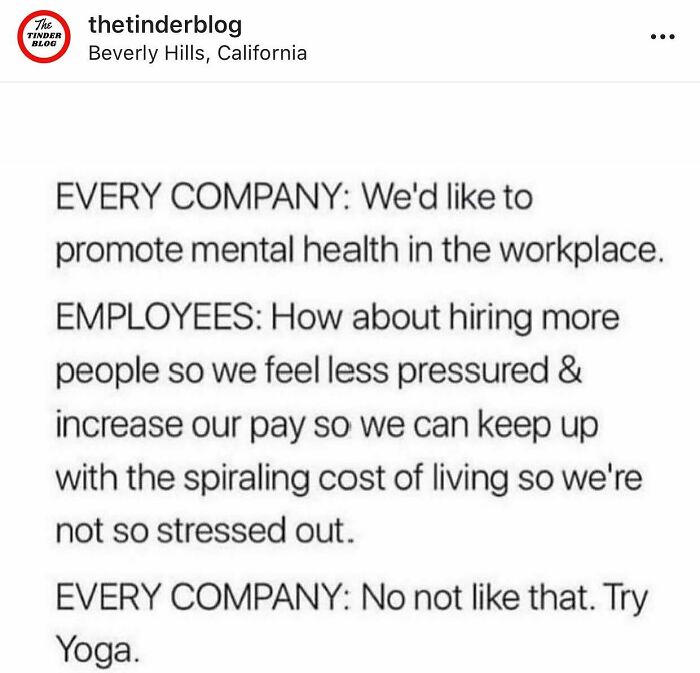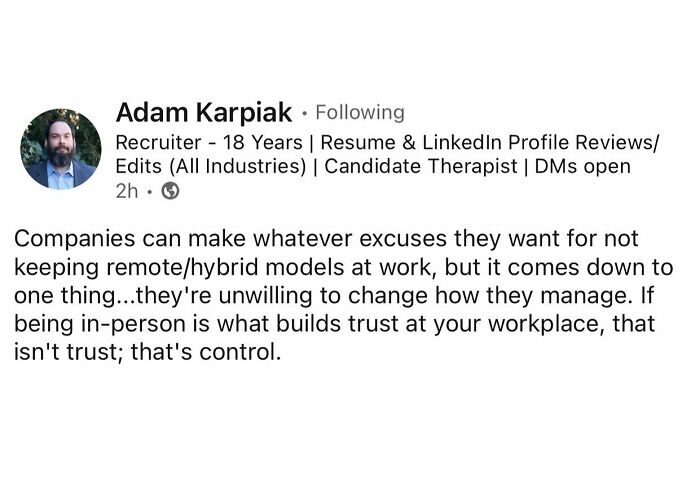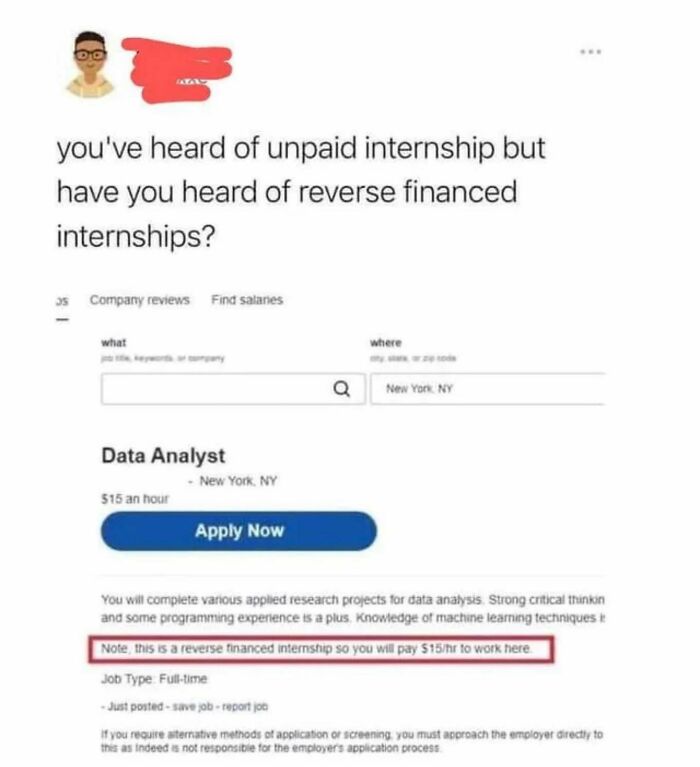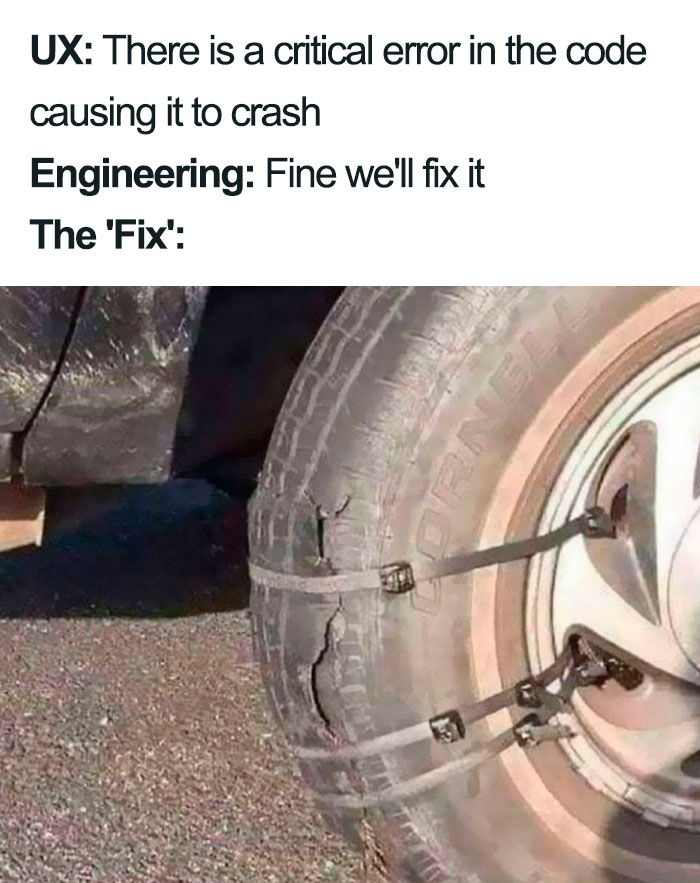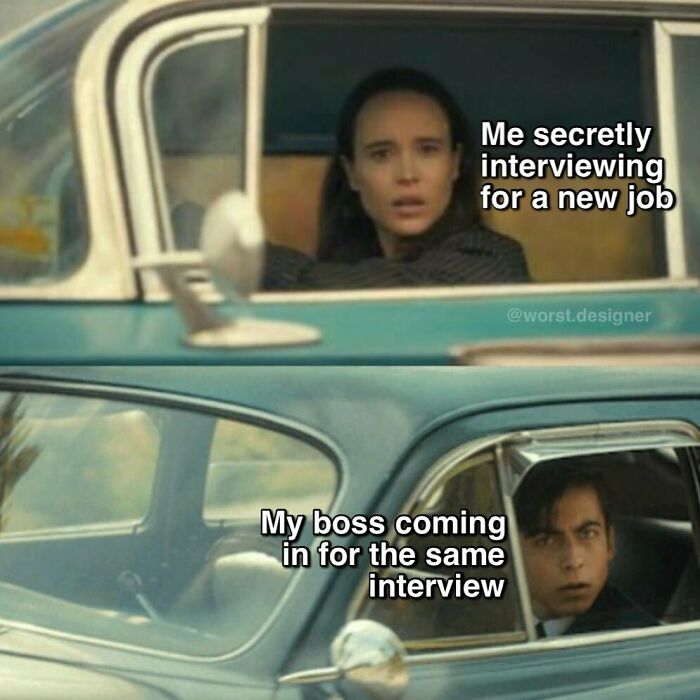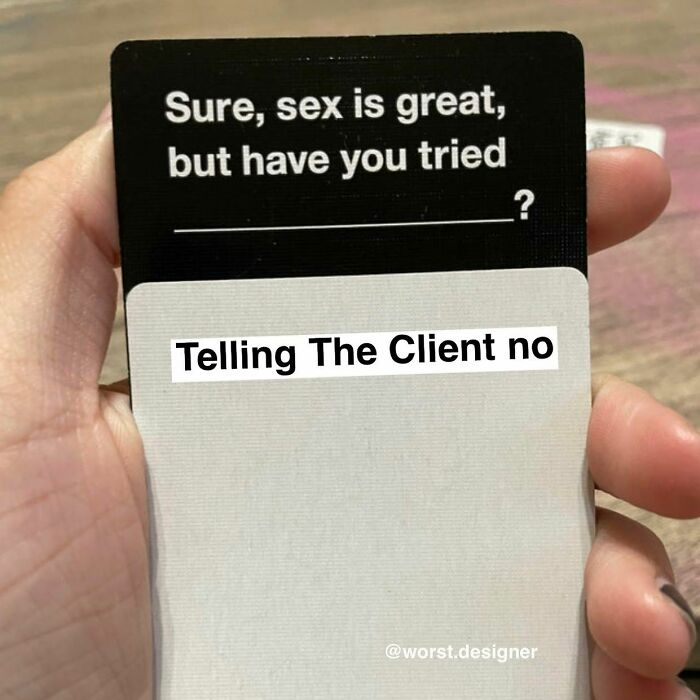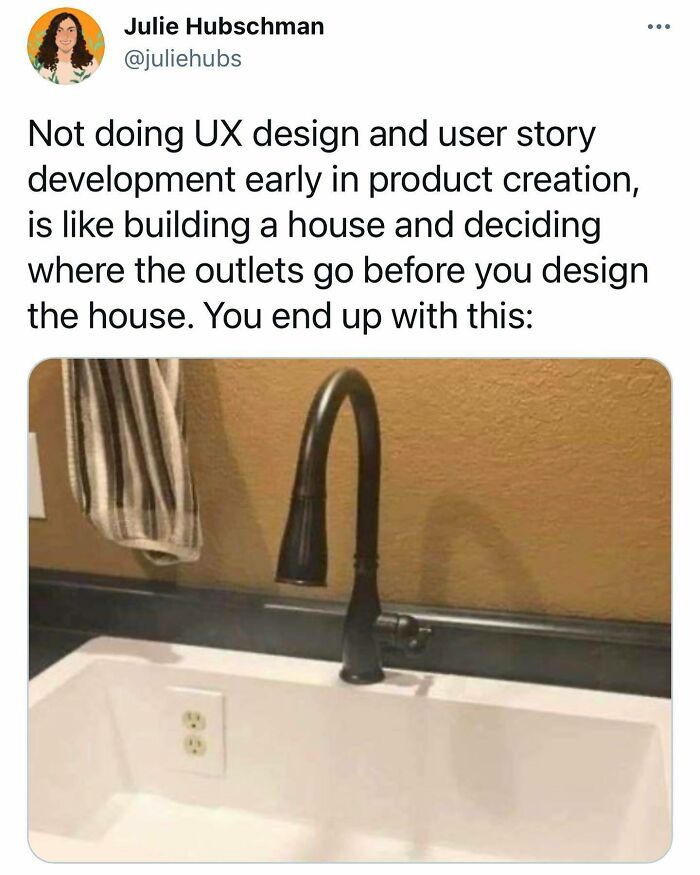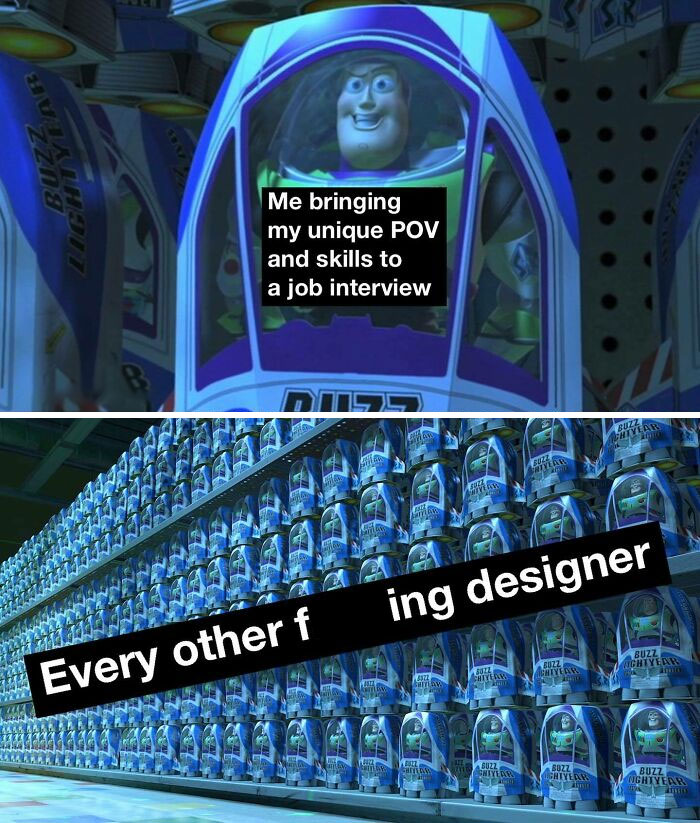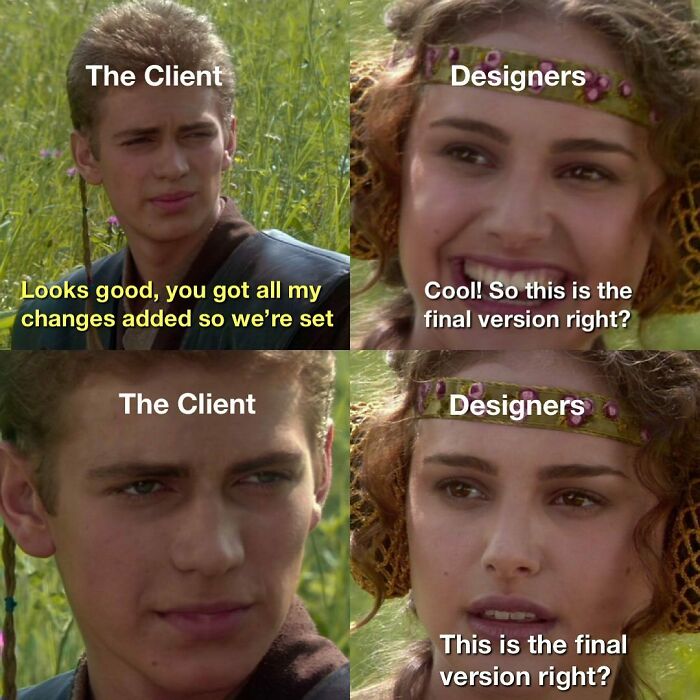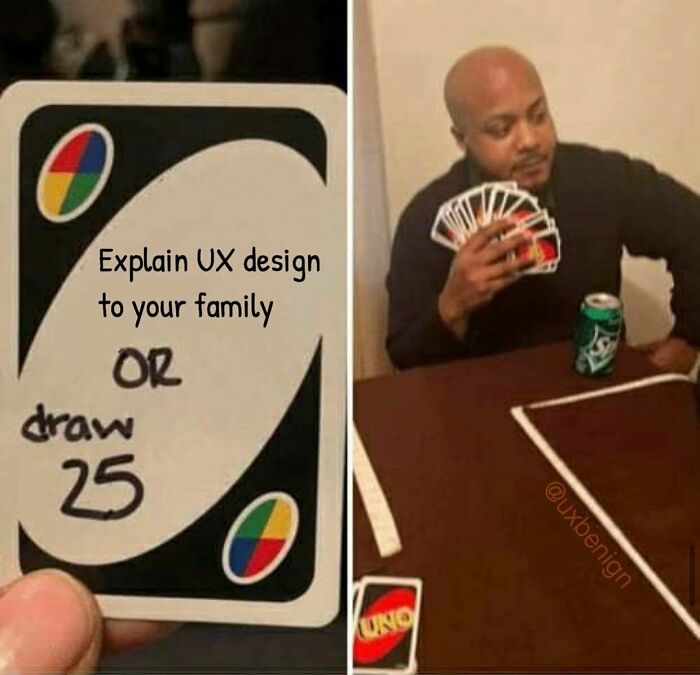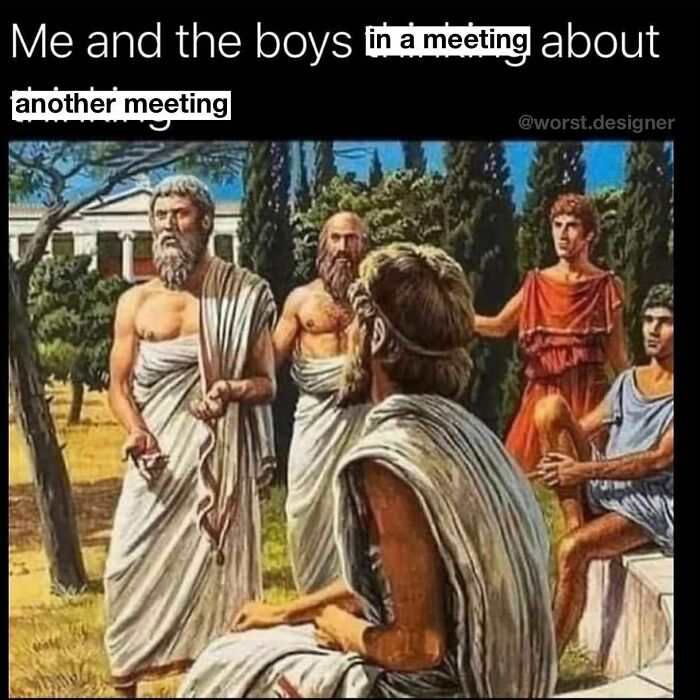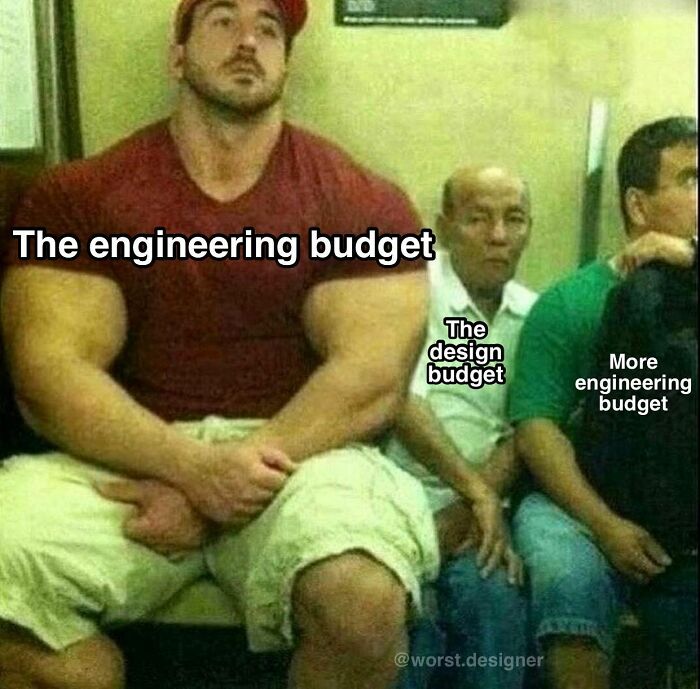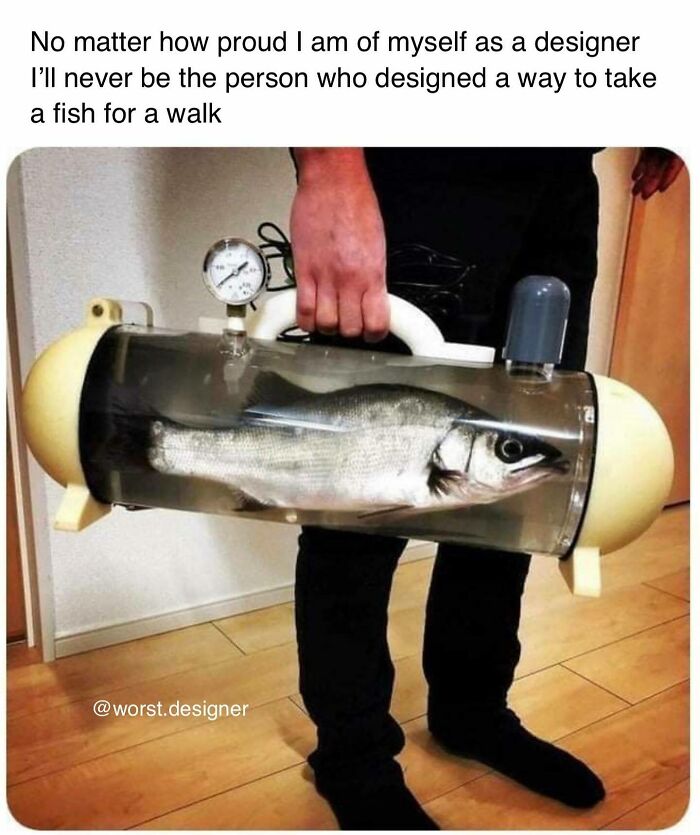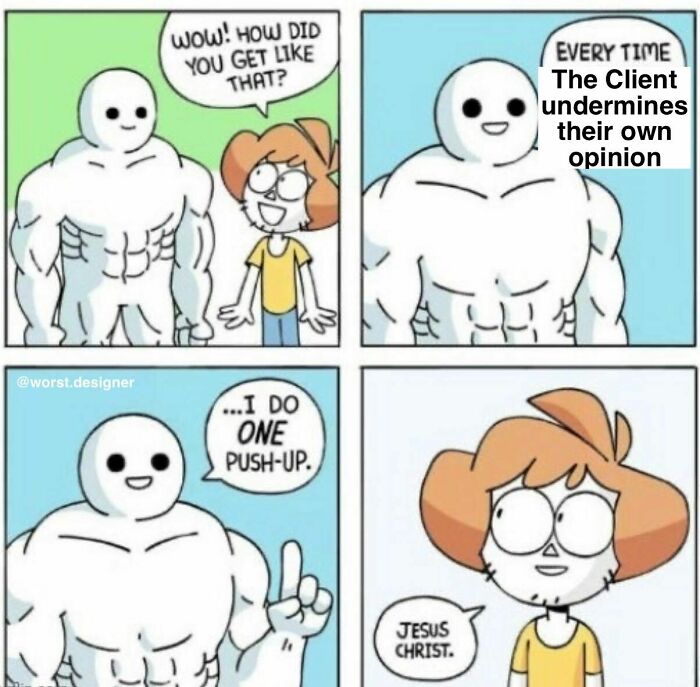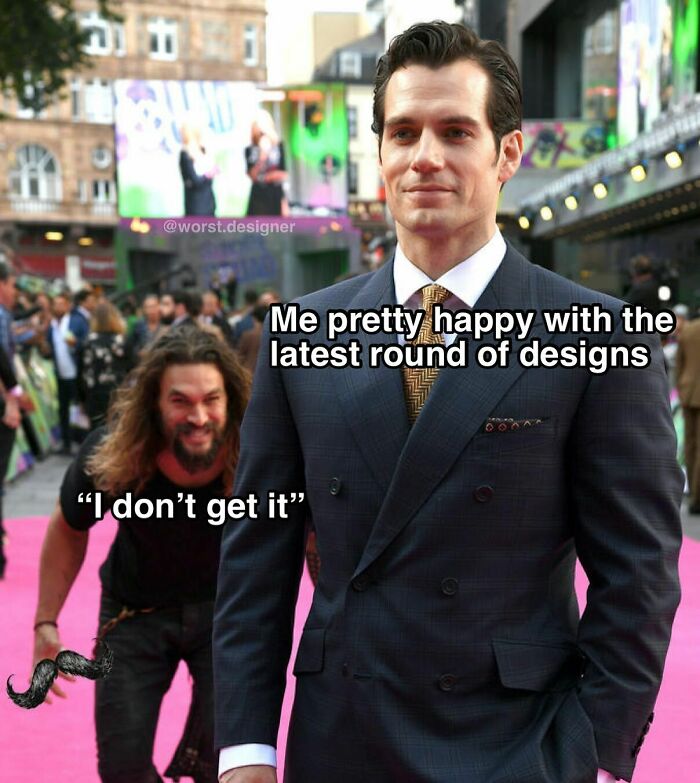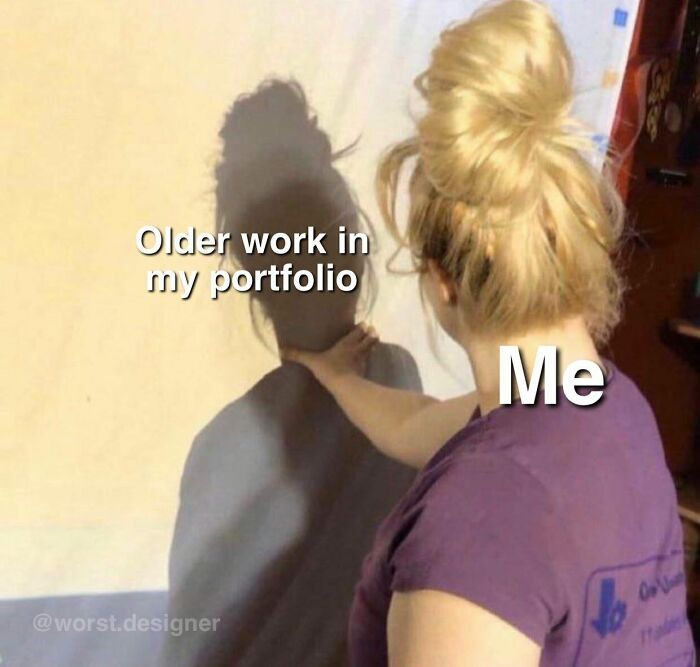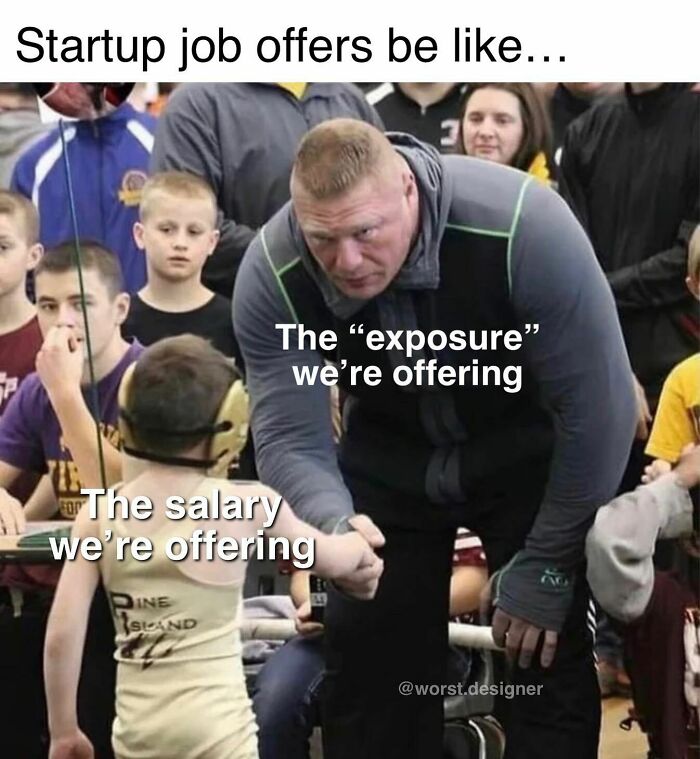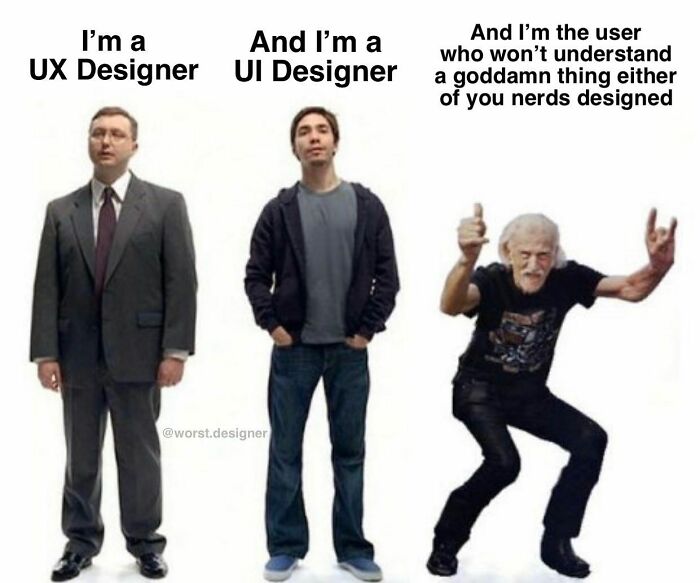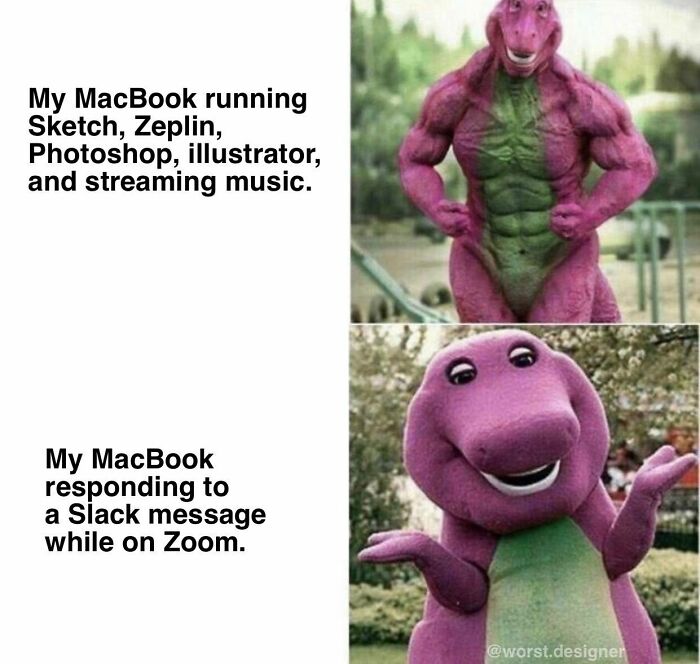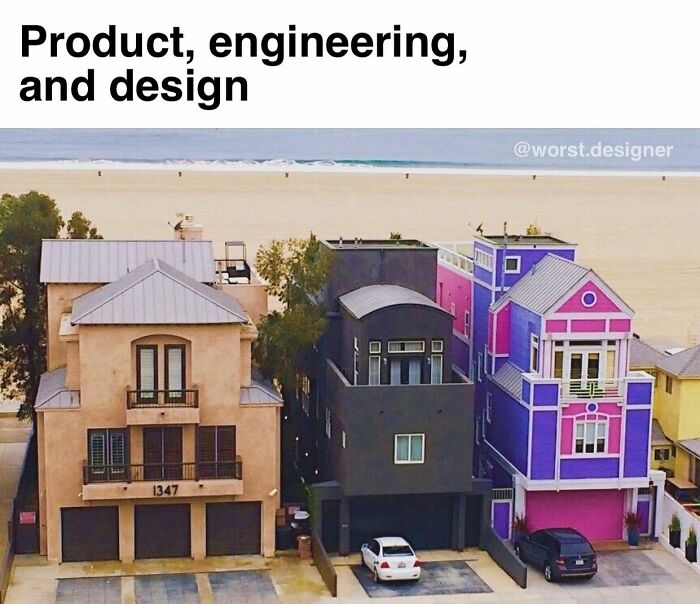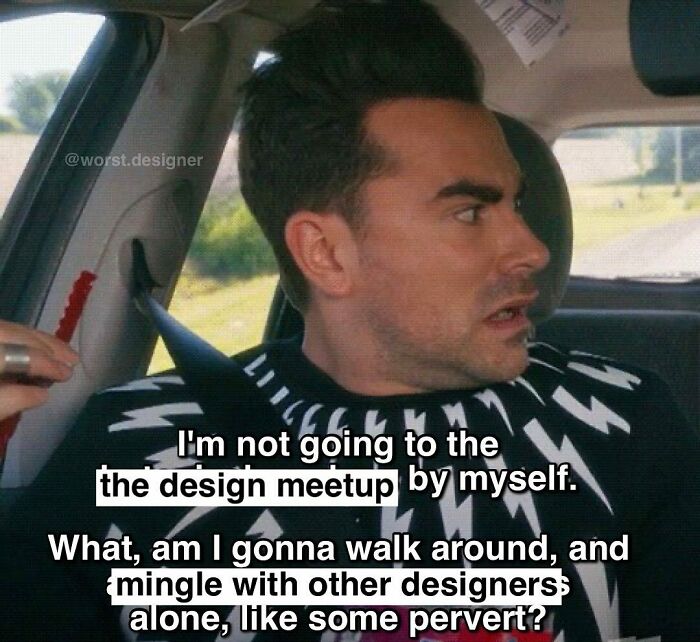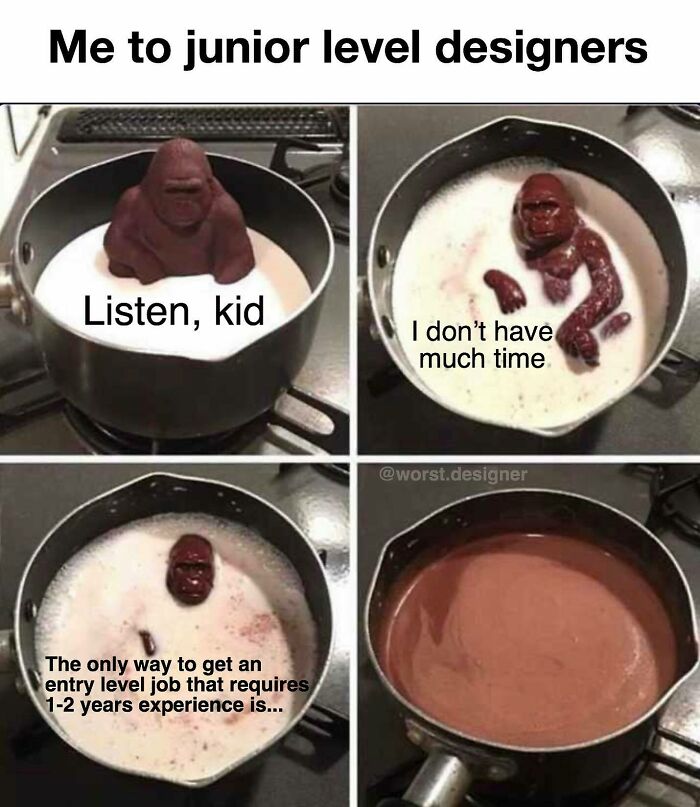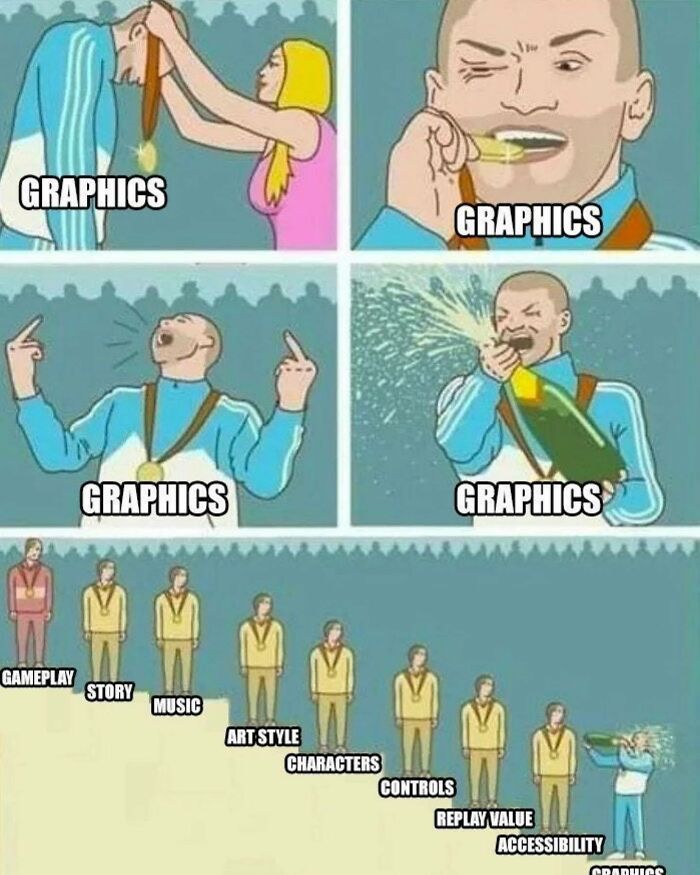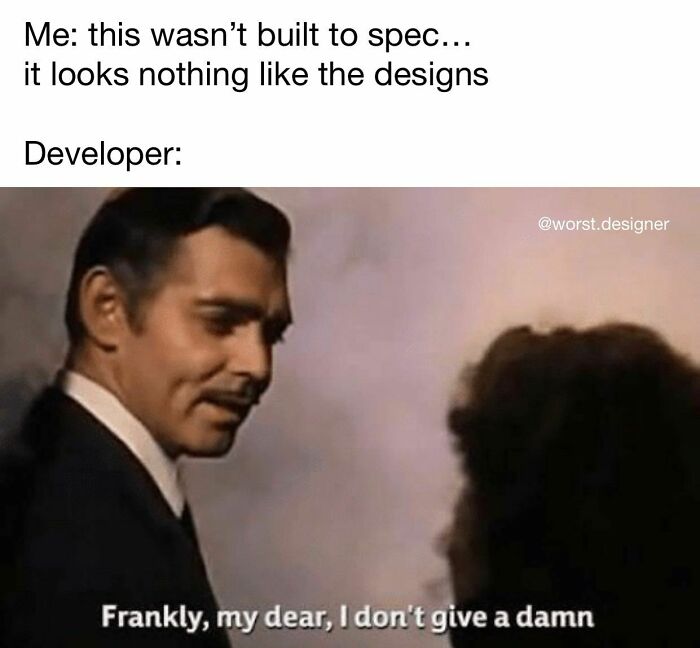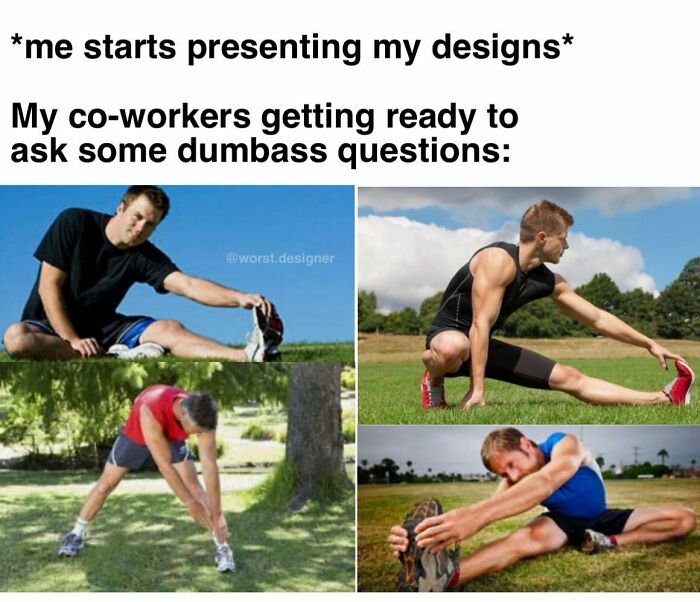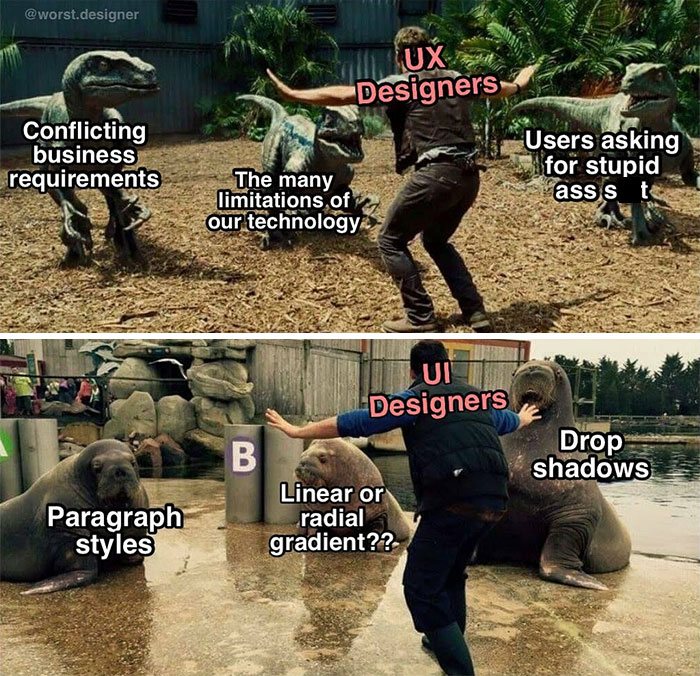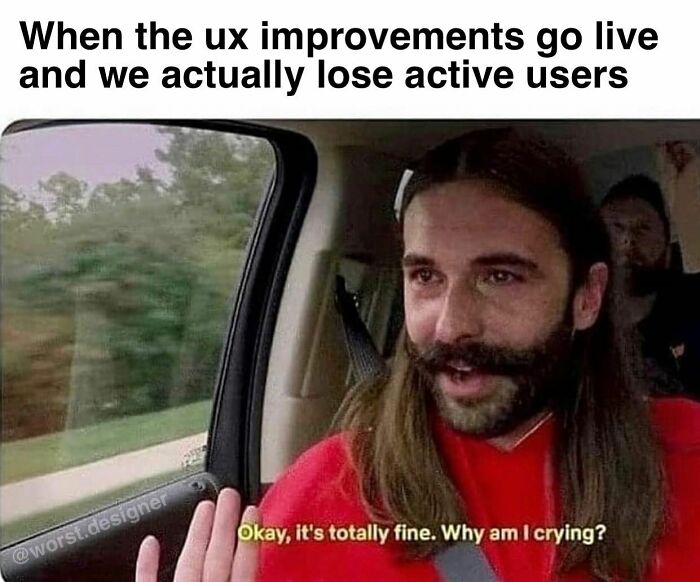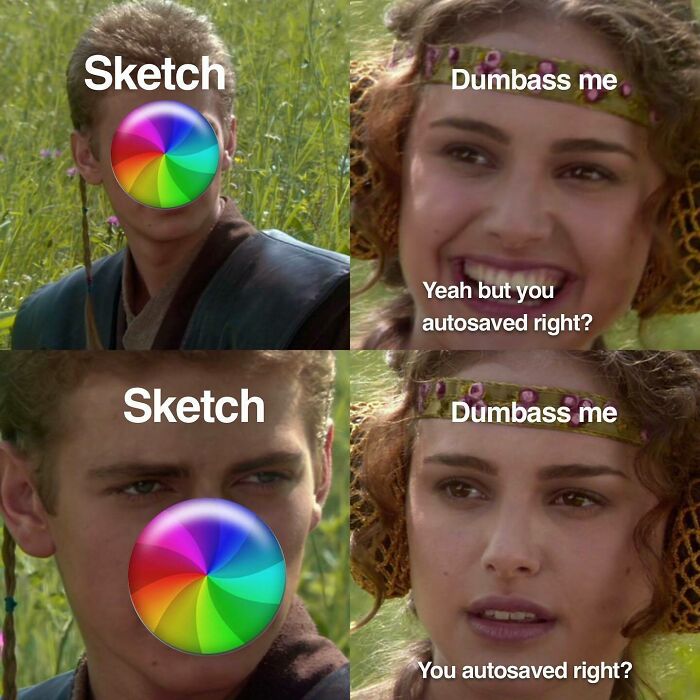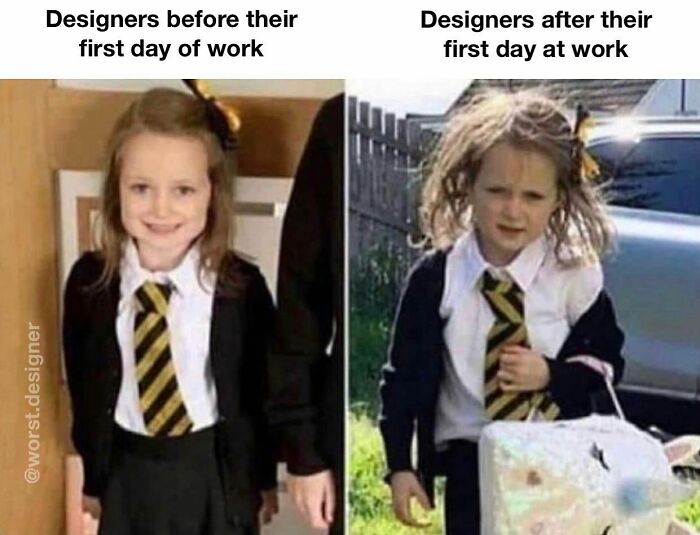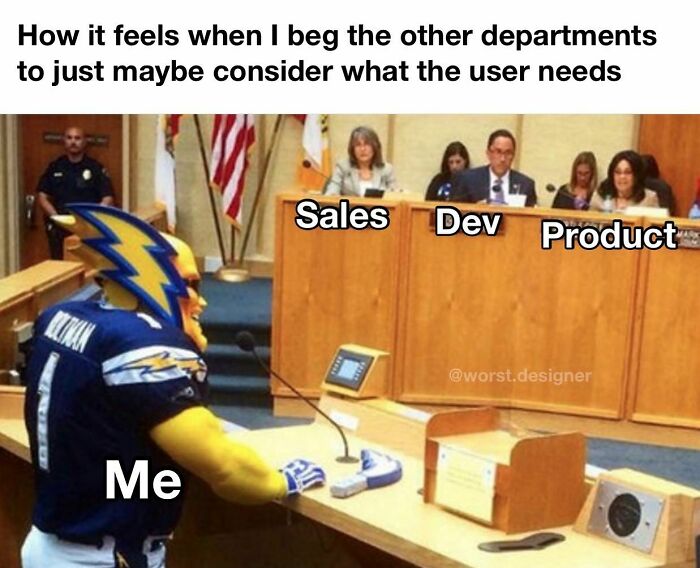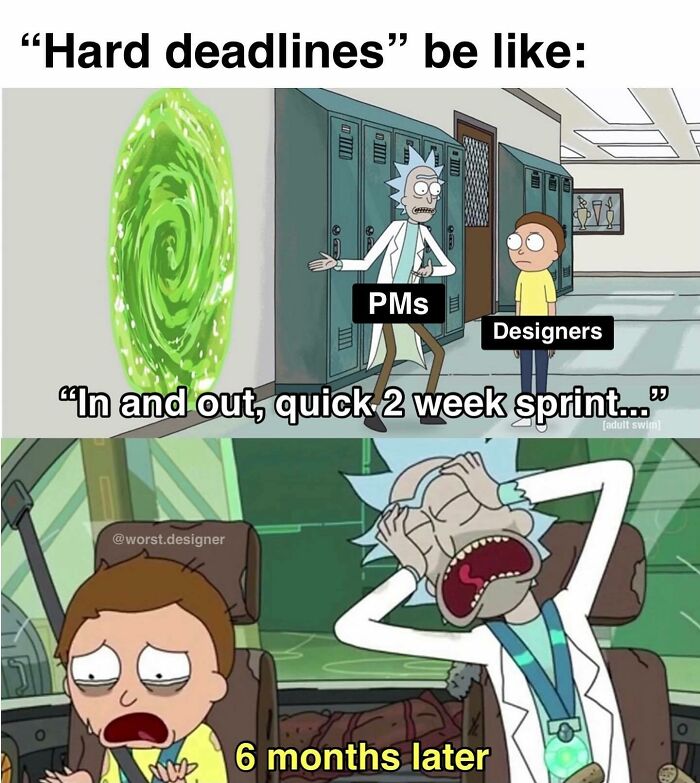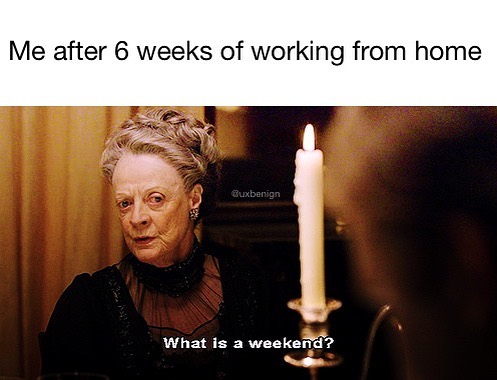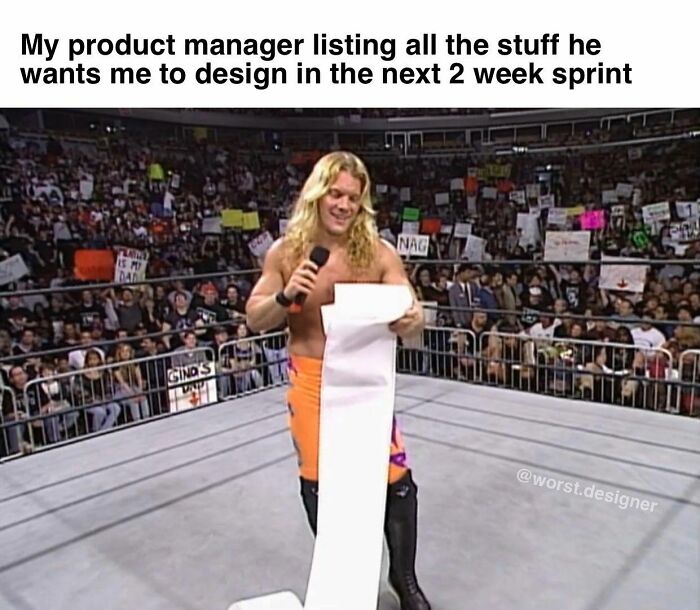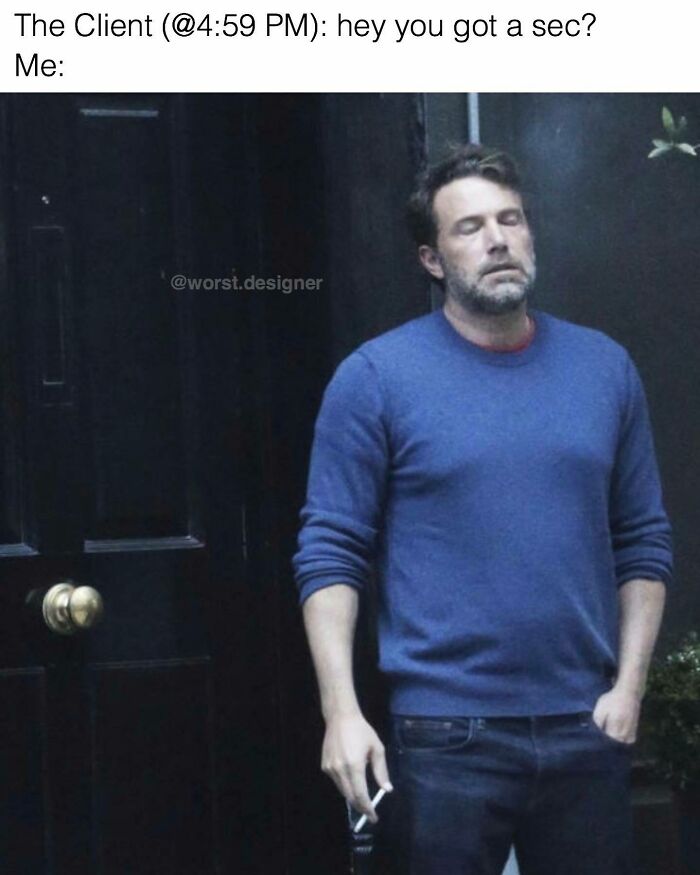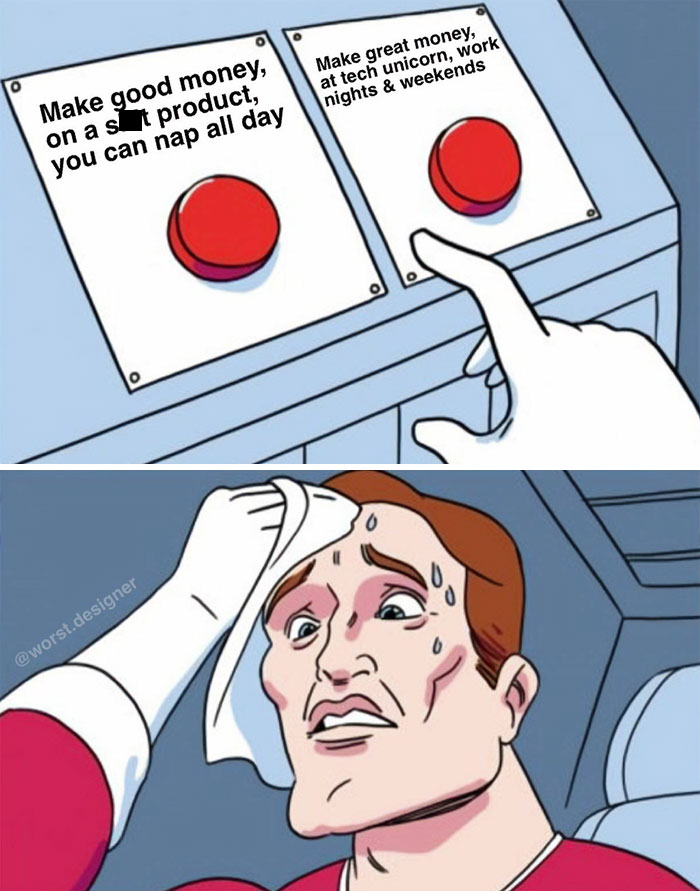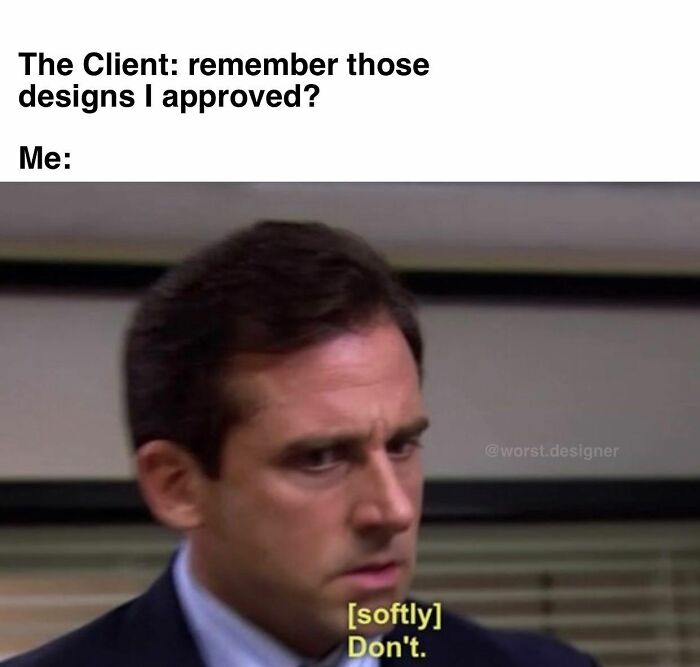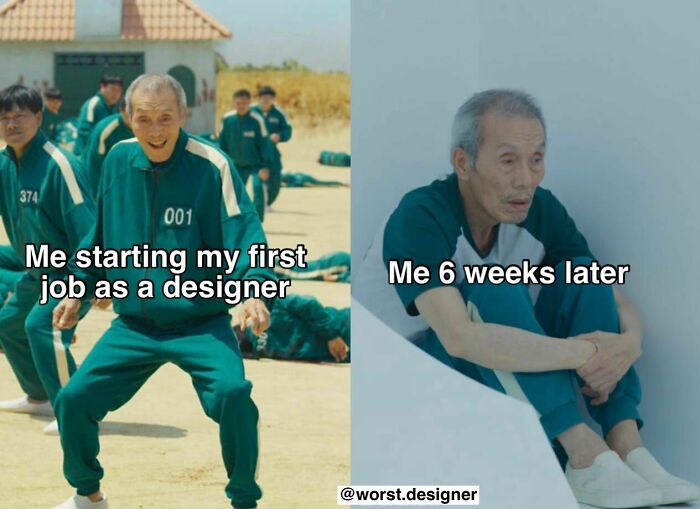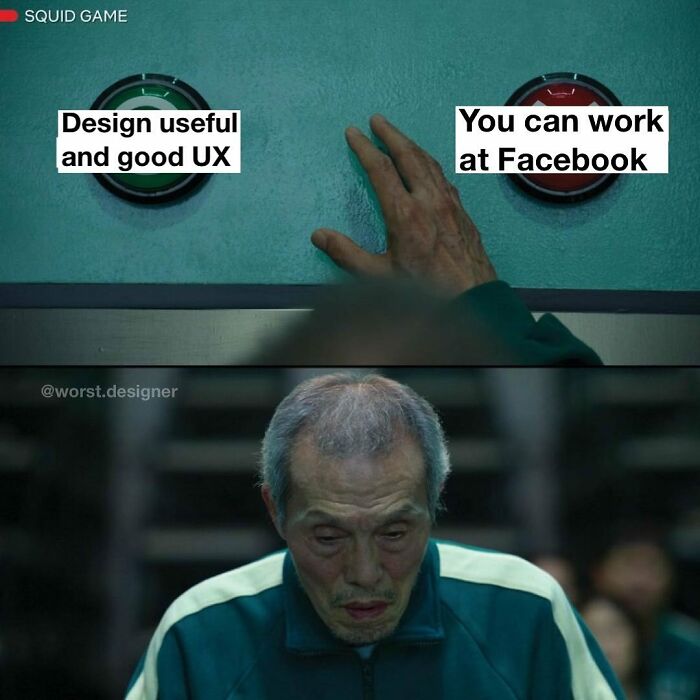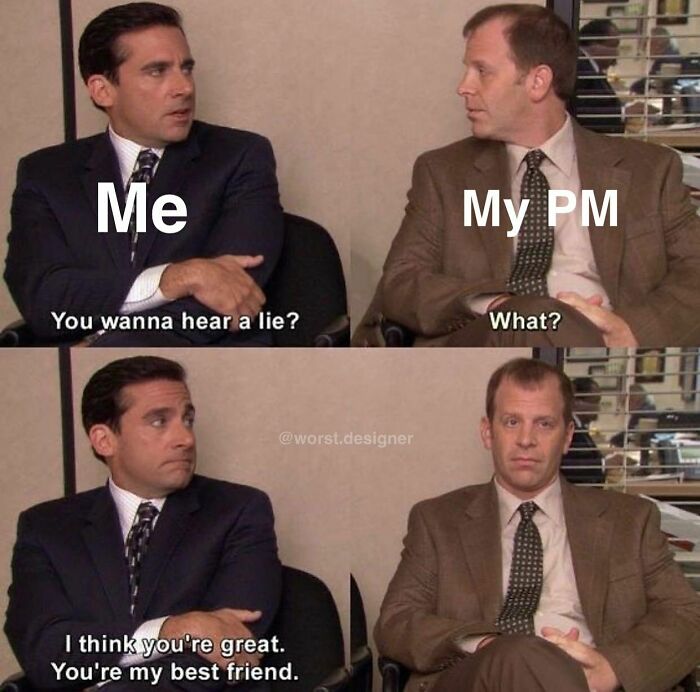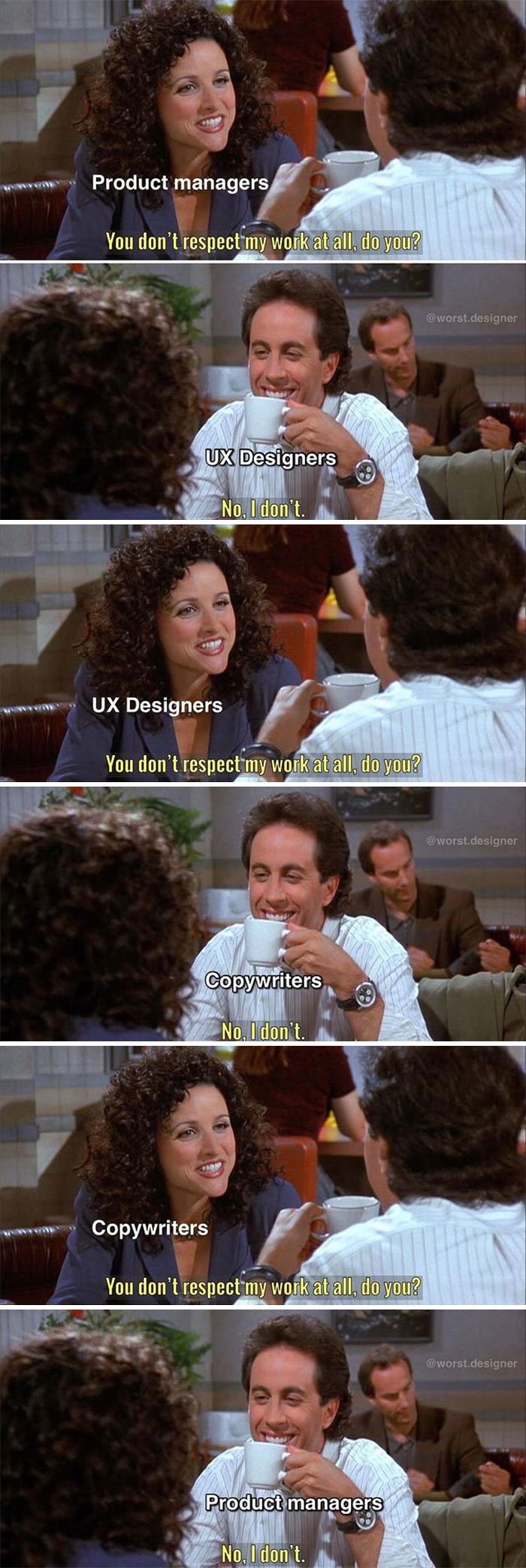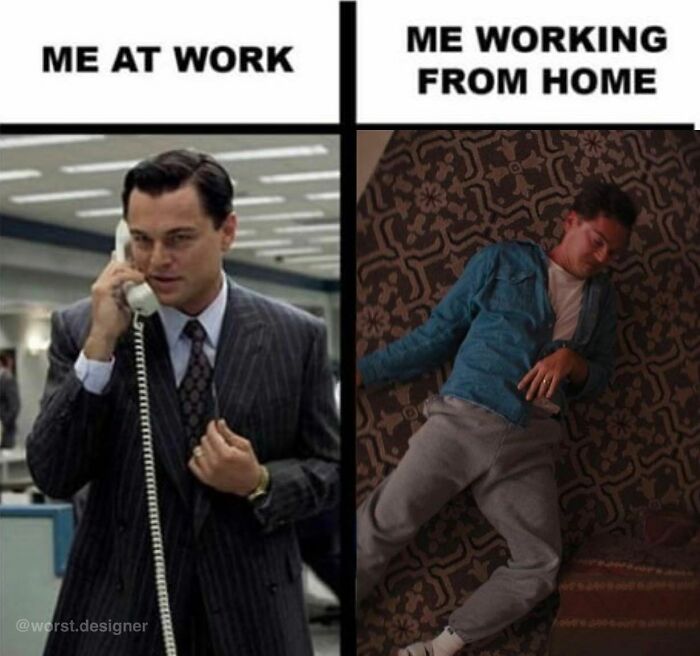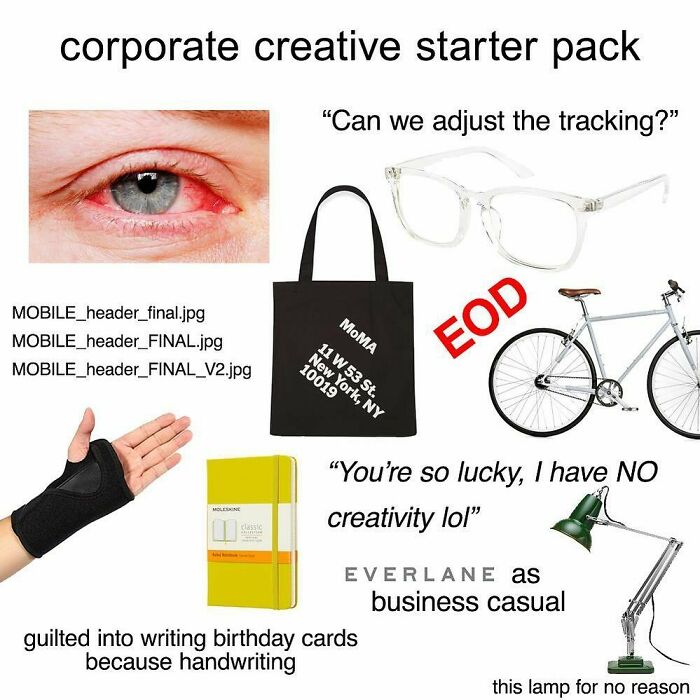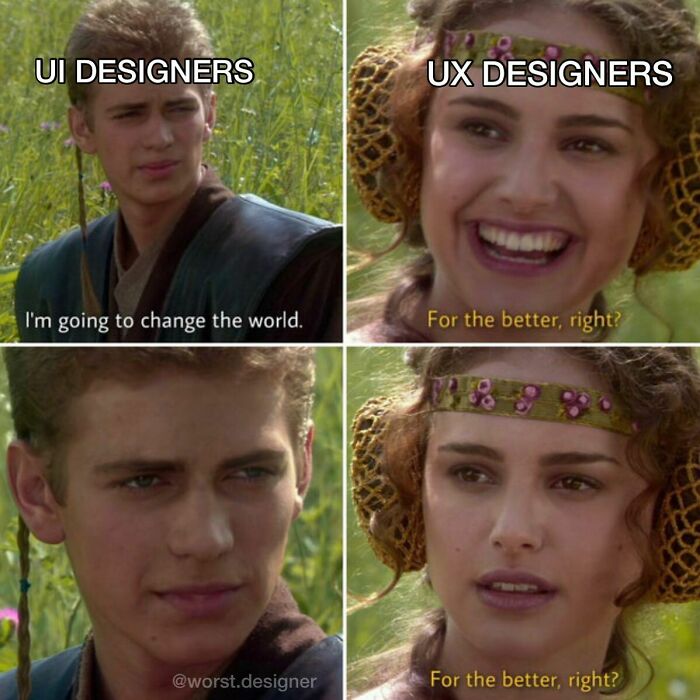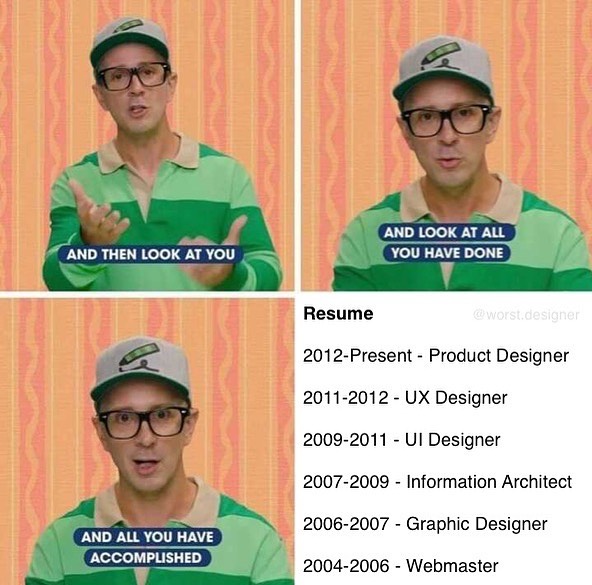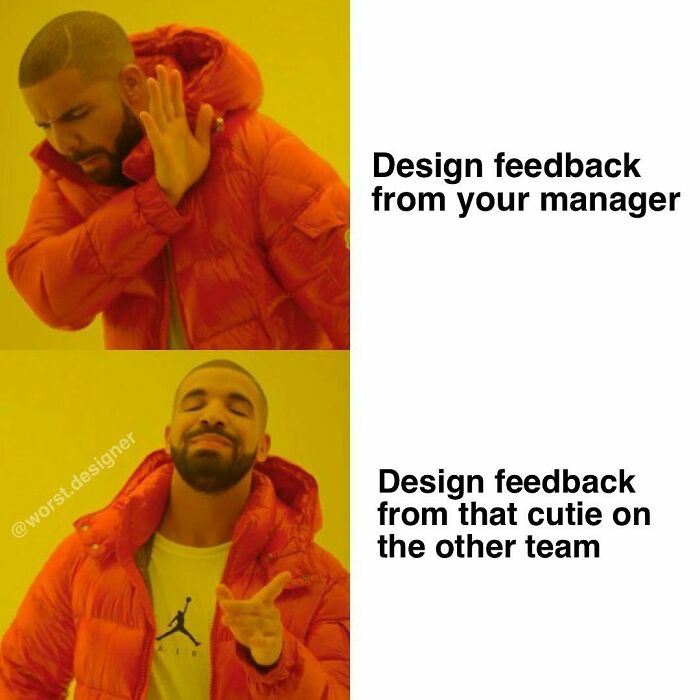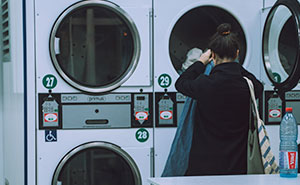
“Really Bad Design Memes” Is A Place Online Where Designers Go For A Good Laugh (30 Pics)
Whether you're a freelancer or in-house designer, chances are, you've experienced quite the amount of annoying situations on the job. After all, working in a fast-paced environment, dealing with unreasonable clients and ridiculous demands can be challenging. But even when these struggles seem overwhelming, it's always good to lift our spirits by poking fun at them and letting out a few genuine laughs.
Enter the Really Bad Design Memes Instagram account, dedicated to sharing hilarious pics about what being a User Experience (UX) designer is all about. Self-naming themselves as "The Cleveland Browns of meme pages," the creators ask you not to take your job too seriously and offer you a variety of jokes to ease everyday stress.
So get ready to dive into the best and most hilarious posts we have collected from the account. Upvote the ones that cracked you up, and let us know what you think about them in the comments below!
This post may include affiliate links.
To find out more about the struggles of this profession and how bad design can lead to unfortunate results, we managed to get in touch with Jonathan Shariat, a designer with more than 10 years of experience in the field and co-author of Tragic Design: The Impact of Bad Product Design and How to Fix It.
He told us that when a design "harms people physically, angers them, excludes people, or causes injustice", it is regarded as terrible. "Design is the decisions made about how someone will use and experience the things we make, sometimes we fail to think through the implications of those decisions and it ends up causing harm to others," he added.
We also reached out to Nick Babich, a product designer and a blogger, who also had a few thoughts to add. He mentioned that lack of communication and creativity are also the root causes of why some designs end up looking bad. "Lack of communication leads to bad product design decisions, while lack of creativity leads to poor aesthetics." While dozens of new products are released daily, he assured that "not all of them are created by experienced product teams."
This explains why sometimes it can start to feel like poorly designed products are all around us. Shariat said that one reason behind it is that good design isn’t easy. If people want to create something that has a purpose and is delightful to interact with, it takes a lot of learning and experience in the field. "Good design requires us to think about and understand others," Shariat explained. "That doesn't come naturally for most of us but always makes things better."
So when professionals fail to do that, certain choices they make can seriously affect other people. When a product has flaws, "the negative impact can be pretty severe," Babich told us. "Just imagine a medical device (i.e., heart rate monitor) that shows incorrect data about the user’s health (i.e., shows a status "Everything is okay" while the user experiences problems with his health)." The outcome can be rather dramatic.
Shariat also provided a few examples of how bad design can impact our lives. "A confusing control in your car could distract you and cause an accident. Hospital staff could accidentally enter into a pump 10x the medication for a patient. A confusing voting system can cause people's votes to be thrown out or worse, vote for the wrong person."
"We rely on design every day for critical things, and sometimes they fail us and people get hurt, or it causes major financial damage," he said. But when it comes to design ethics, being concerned about them "isn't just about avoiding harming others," Shariat added. "Ethical design has also been shown to be much more effective and builds long-term, sustainable business growth!"
When it comes to the struggles of being a UI/UX designer, one of the biggest challenges is "seeing things from other people's perspectives. Different people can experience the same thing much differently," he added. "It's the job of a designer to understand their users and find what works best for all of them."
Meanwhile, Nick Babich believes constant learning is both a blessing and a curse of product design. "You have to process a lot of information on a daily basis to create a good design," he told Bored Panda.
When we're dealing with such struggles, memes are a great way to find shelter from the burdens of our everyday lives. They help us unwind, connect with other people, and, of course, let out a laugh or two. Jonathan Shariat admitted that jokes absolutely help to get into a better mood. "For example, when I was stressed about how frustrating it can be to see your design fail as you watch people test it out and your assumptions become evident, it can feel [difficult]. When you see something that perfectly expresses how you are feeling, it's very therapeutic," he said.
And Babich also agrees with this line of thinking. He mentioned that he recently researched anxiety and depression in product design, and found that it’s a serious problem in the field. "I think humor is an integral part of our lives, and we need to smile more when we work," he added. "A positive mood gives us an energy boost, protects us from anxiety, and helps us create good UX."
So it’s not surprising that category-specific meme accounts are becoming more and more popular. Such images and jokes are the perfect "bites" of content that always allow us to distract ourselves from our troubles. After all, there’s nothing like looking at a few hilarious pictures to improve our mood.
Too bad most of them have nothing to do with the headline
Load More Replies..."The Design of Everyday Things" by Don Norman. It's a 20+ Year old book, probably dated in some parts, but still worth a read.
These are good... but what happened to the bad design memes. We need more of those 😁
Young people today have a huge opportunity to set themselves apart from their peers by simply showing up for work and showing initiative.
Old people today have the same opportunity, though most people are pretty pleased when someone over 50 just isn't actively trying to make everyone else feel bad to cover for their own lost sense of self.
Load More Replies...Too bad most of them have nothing to do with the headline
Load More Replies..."The Design of Everyday Things" by Don Norman. It's a 20+ Year old book, probably dated in some parts, but still worth a read.
These are good... but what happened to the bad design memes. We need more of those 😁
Young people today have a huge opportunity to set themselves apart from their peers by simply showing up for work and showing initiative.
Old people today have the same opportunity, though most people are pretty pleased when someone over 50 just isn't actively trying to make everyone else feel bad to cover for their own lost sense of self.
Load More Replies...
 Dark Mode
Dark Mode  No fees, cancel anytime
No fees, cancel anytime 




